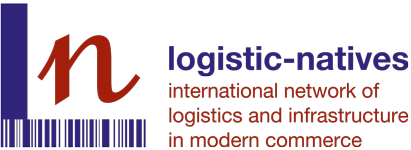Waste Dive: Solid Waste & Recycling News

I have a pretty hard-coded filter whenever I read about reuse programs in the media – including this recent article from Waste Dive: Solid Waste & Recycling News. It’s an exciting time to be working on reuse, but we lack a common language and set of metrics to assess program viability and success.
All new product or service launches – traditional or „circular economy“ – inevitably center around volume: how many stores, how many brands, how many customers. It’s a straightforward and reasonable way of assessing scale, and if it isn’t scaling, it isn’t impactful economically or environmentally.
But „how many“ isn’t the best way to look at reuse. To really understand if a reuse model is proving itself and will ultimately scale, you have to ask „how often“. How often is the packaging being reused?
Why?
– Reusable packaging is more expensive to manufacture than single-use. You need to utilize the asset sufficiently to make it economically competitive (unit economics matter!)
– Reusable packaging is worse for the planet than single-use – until it isn’t. Each reusable package needs to be used enough to justify the additional resources that went into the manufacturing of that more durable package, plus the collection, cleaning, and repositioning
Put simply, if you get the packaging back „enough“, you have a chance to cross the economic, environmental and operational threshold necessary for the initiative to truly scale.
So… what is enough? For Returnity Innovations, we identify and implement programs that can hit a 95% or greater return rate, which translates into the packaging being used for 20 cycles. Get below 90% (10 use cycles) and we’ve seen that the initiative simply can’t sustain or scale.
When reading coverage around reuse, I’d encourage you to therefore look for three distinct data points:
1. What reuse rate are they getting? In this article it’s hard to parse the data, but it seems that it perhaps it is as high as 67%, which translates to each package being used an average of 3 times
2. What would life-cycle assessments suggest is the necessary rate of reuse to make this an environmentally net-positive alternative to single-use? For shipping packaging, 7-10 use cycles is where you start to see clear environmental benefits
3. What are the trend lines, and over what timeframe? New initiatives won’t be perfect out of the gate, and we need to experiment. If a program isn’t at the reuse level it needs to be viable today, when do they expect it to get there, and how?
This is becoming more critical than ever now that regulations are mandating reusable packaging in markets around the world. The intent is noble, but until we start to differentiate between putting products in reusable packaging and reusing reusable packaging, we risk making the problem worse, not better.
More at LinkedIn

Florian Seikel
Managing Director
Tel. +49 162-2561001

